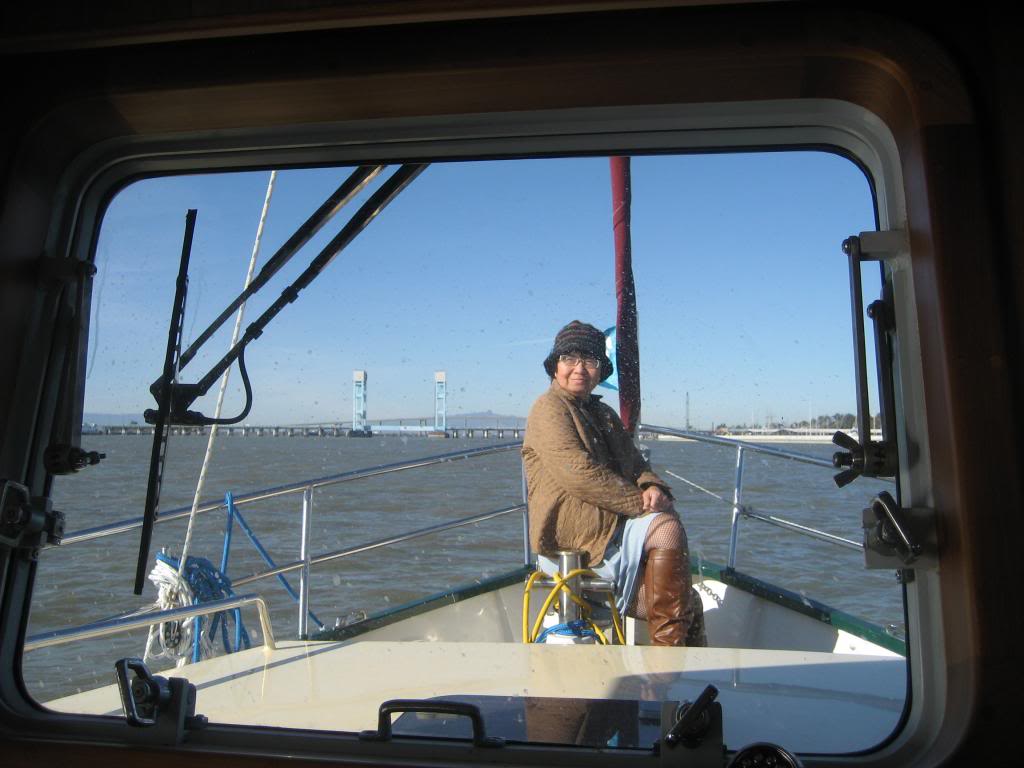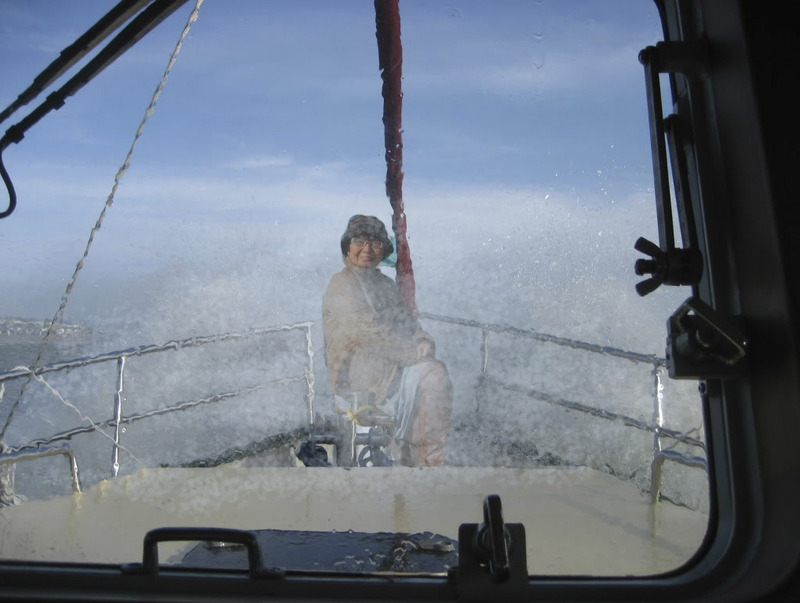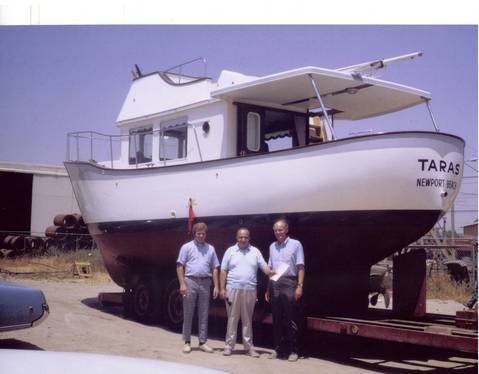Been doing my research before I actually look at any boats - this forum has been a great help.
With a budget hopefully of around 75K most of what I see will be in the 80's.
For example from what I read the GB are very wet boats, and on a beam they have jerk to their roll.
So which makes are known for example to handle a following sea good/bad
or which handle waves well head on I guess the flair of the bow or angle of the stem.
Are certain designs really bad in a beam sea.
So from your experience or in talking to others can anyone shed some lite.
tks
With a budget hopefully of around 75K most of what I see will be in the 80's.
For example from what I read the GB are very wet boats, and on a beam they have jerk to their roll.
So which makes are known for example to handle a following sea good/bad
or which handle waves well head on I guess the flair of the bow or angle of the stem.
Are certain designs really bad in a beam sea.
So from your experience or in talking to others can anyone shed some lite.
tks

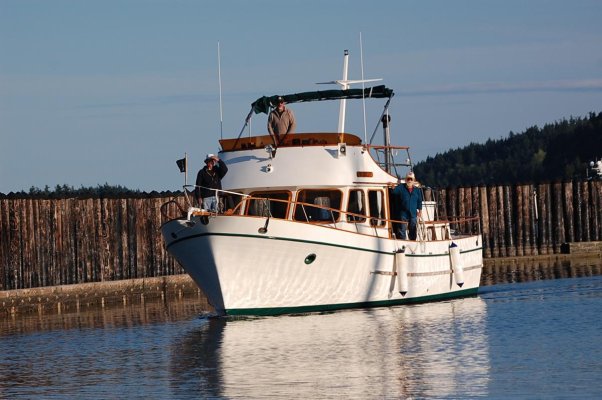
 to convey my acknowledgement of those words. Been on or near the water most of my life and have learned a ton right here. Chatter on here, whatever hand, chases me to other sources, google, other forums and the local yards and docks.
to convey my acknowledgement of those words. Been on or near the water most of my life and have learned a ton right here. Chatter on here, whatever hand, chases me to other sources, google, other forums and the local yards and docks. 


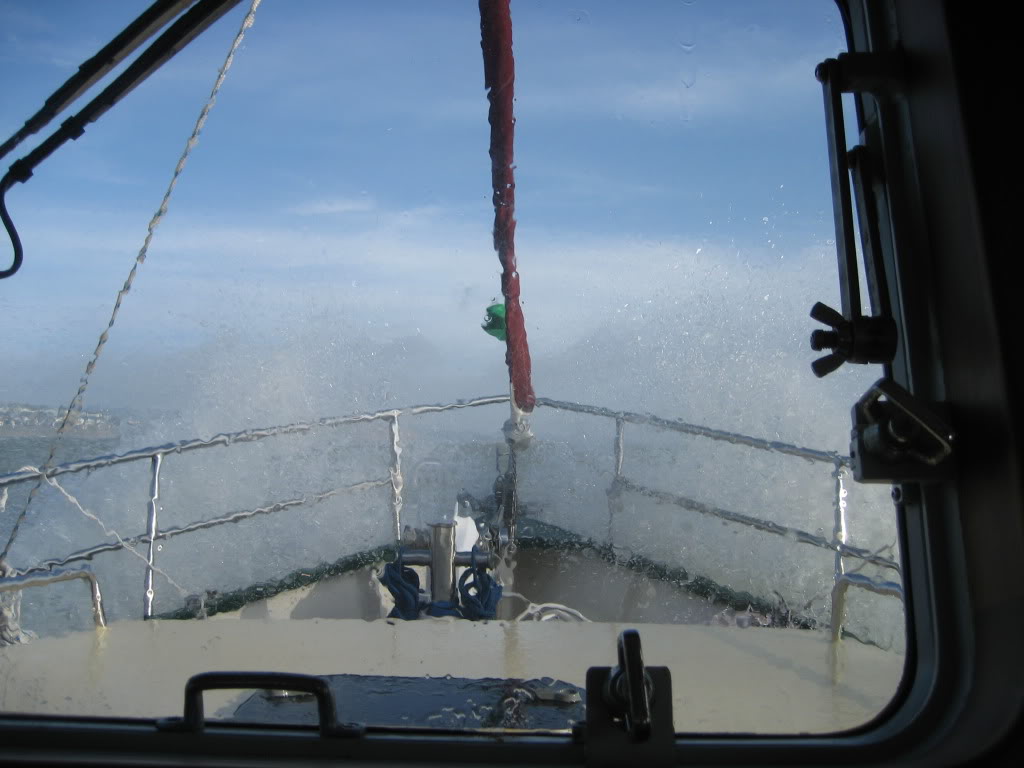



 JIM p.s. but it still puts a smile on my face seeing it
JIM p.s. but it still puts a smile on my face seeing it 